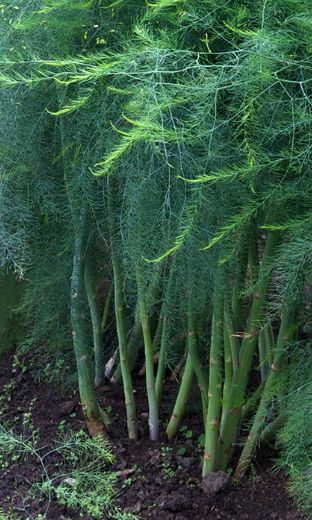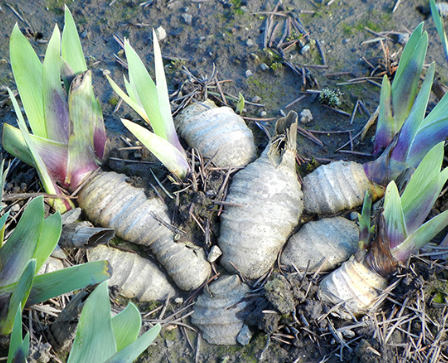Click below to listen to my 2 min. Garden Bite radio show: Grab bag Friday – questions answered
Audio PlayerI was recently answering questions on some of my radio station affiliates. It’s a grab bag for sure! You never know what questions you’ll be asked…

I admit, I don’t always have an immediate answer! That’s why I LOVE when you send me an email tkgardenbite@gmail.com.

When to transplant asparagus? While one person said they did it in the Fall, my research suggests the best time is in the Spring when the plants are dormant. Below is information from The Spruce.
Asparagus enters a period of rapid growth during the spring. During this period, the plants are better able to renew themselves and repair any damage sustained during digging and transplanting. The exact timing depends on your climate and the weather, but early spring, as soon as the ground can be worked, is the right time to begin the transplanting process.

That’s a good overall answer to ANY plant you want to move.
Some folks asked why their peonies or iris weren’t flowering. As for peonies, while they can live a long time, it had been decades for this particular plant. They may have become further shaded by surrounding trees which also leads to flower decline. Dividing them and transplanting is a good idea, just NOT now. They are still active, even if they’re not flowering. Wait until September. This is a Garden Bite I did in 2018 on dividing peonies.

As for irises, if you’ve had them for years, they’re likely overcrowded. Dig up the clump and divide it, keep about half of them in the same spot and plant the others elsewhere or give them away. Garden Bite on dividing iris.

Options on bloom failure could also be poor soil, perhaps it’s being depleted in some way or, if the plants are new, the area may need some amendments. A soil test is always a good idea. You can buy those at garden centers or you can send samples in to your local University Ext.
The University of Minnesota and the University of Wisconsin will give you a comprehensive report on what your soil consists of. So will NDSU. The regular test is $15 to $17 and includes a report on levels for phosphorus, potassium, pH – lime requirement, total organic matter, and the texture of your soil.
Those tests are more comprehensive and offer more suggestions on how to improve the soil. Another question was when to prune Spring flowering shrubs. Yes, you can do it now, after they’ve finished blooming completely. You can always prune out dead stems and branches too.

